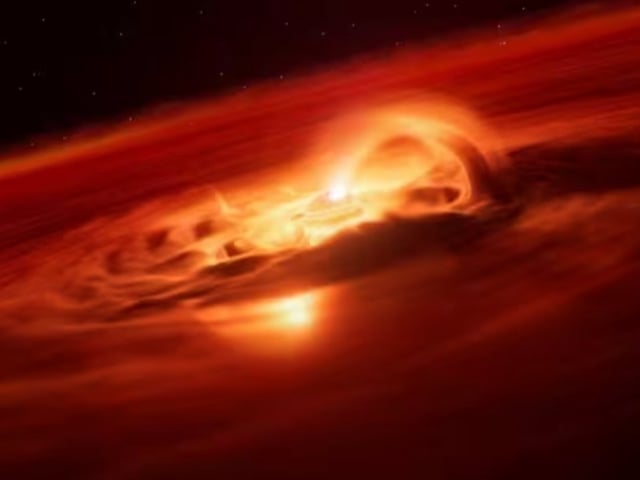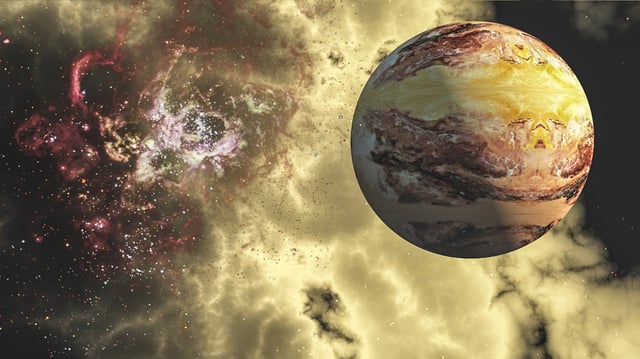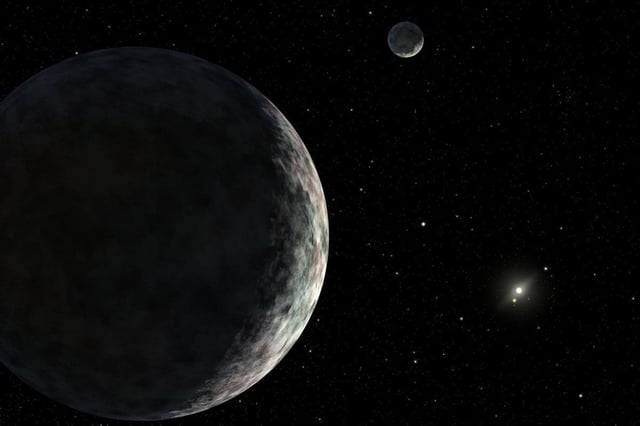Overview
- Astronomers report an eightfold jump in the object's feeding rate over just months, with measurements peaking by August 2025.
- The planetary-mass body is estimated at 5–10 times Jupiter’s mass and is only about 1–2 million years old.
- Researchers say the episode marks the strongest accretion recorded for a planetary-mass object, based on data published in The Astrophysical Journal Letters.
- Evidence points to magnetic processes guiding the inflow of gas and dust, behavior previously associated with young stars.
- Comparisons with earlier observations suggest a similar outburst in 2016, and teams are planning follow-up campaigns to gauge how often and how long these bursts occur.


